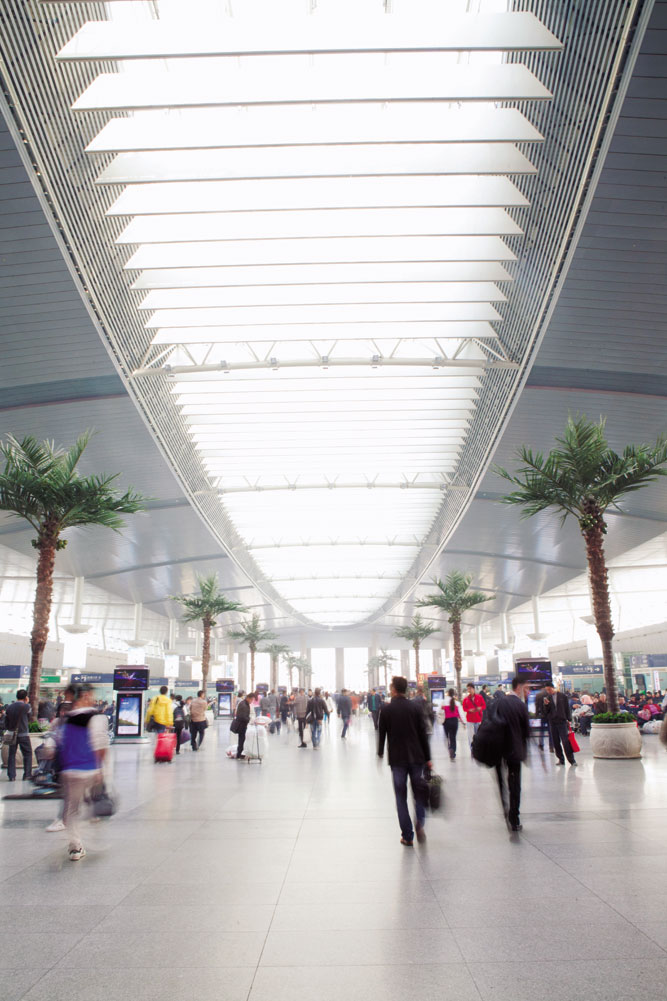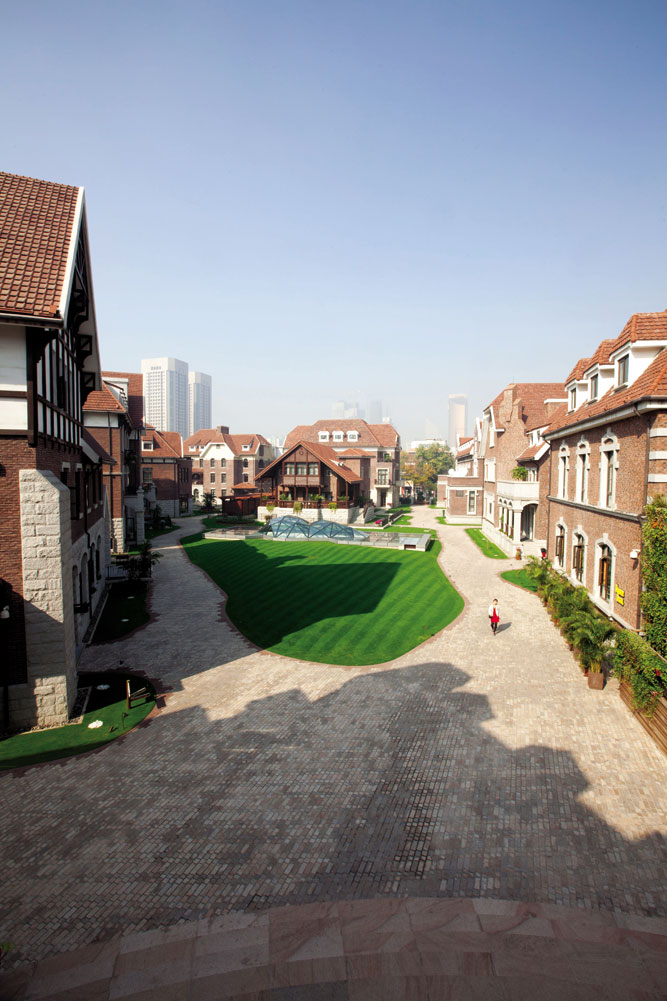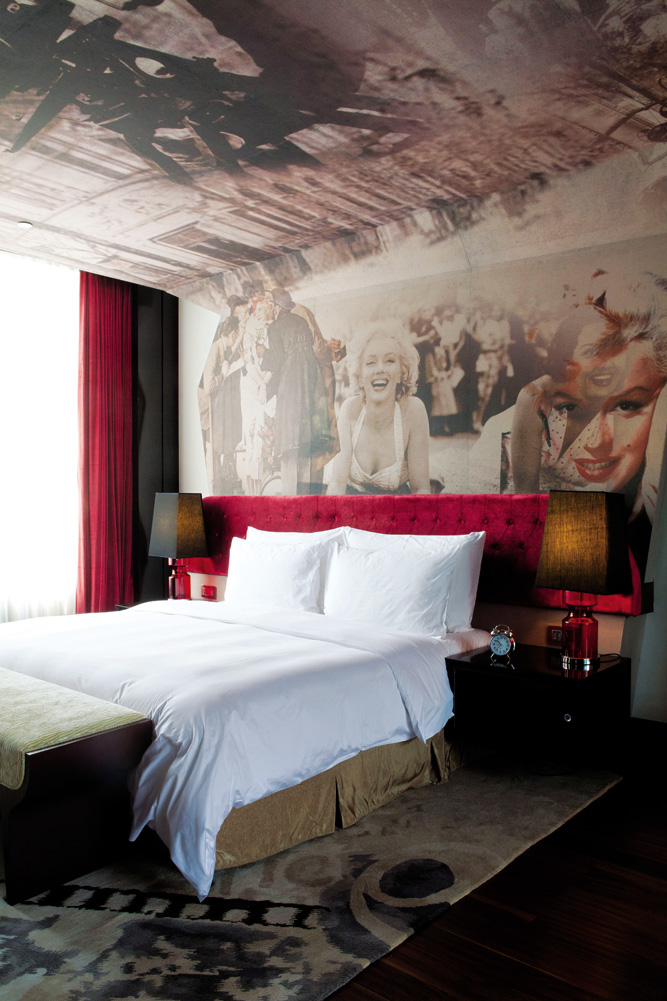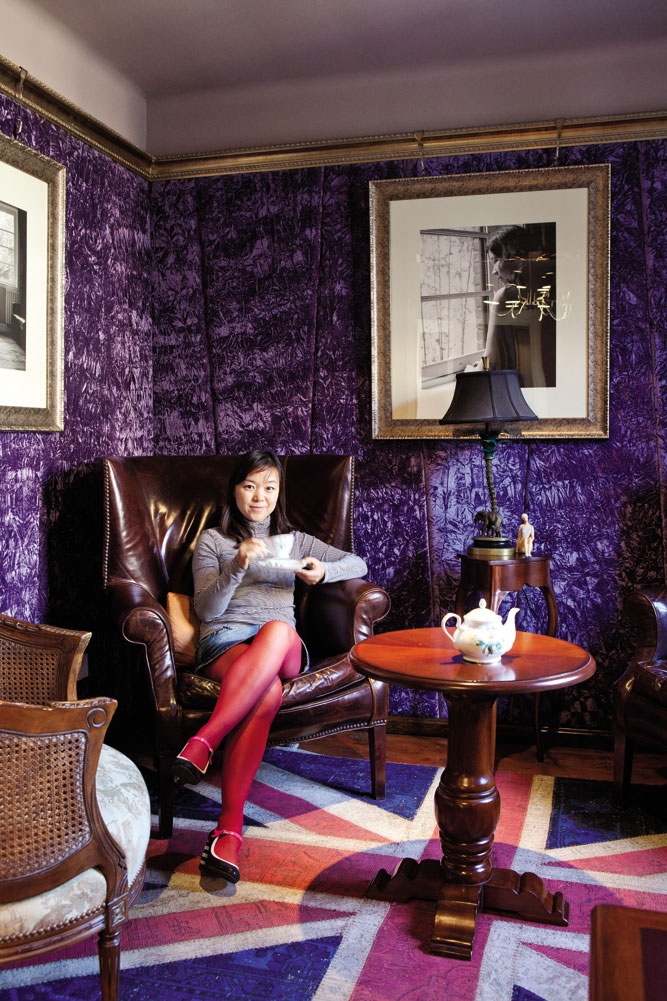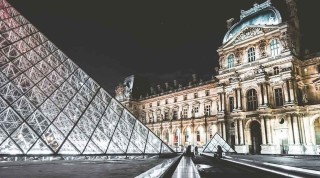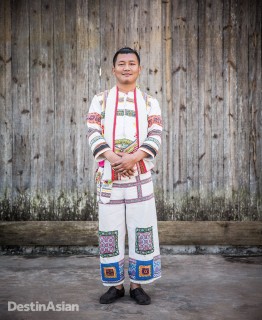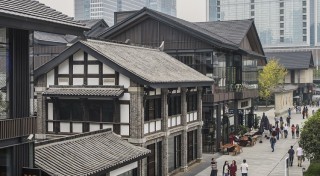She’s not alone in her disdain. Though its roots stretch back to the sixth century with the opening of the Grand Canal, Tianjin, like Shanghai, is viewed by the Chinese as a foreign city. At best, it’s a city not worthy of particular attention; at worst, it’s one built on national shame. As with Shanghai, European colonial ambitions drove Tianjin’s rise. Thanks to a series of lopsided treaties signed by the enfeebled Qing dynasty in the aftermath of the Opium Wars, nine foreign concessions—British, German, French, Italian, Austro-Hungarian, Belgian, Japanese, Russian, and American—were established between the late 19th and early 20th centuries. Together, they constituted an area eight times larger than the original town.
With the concessions came administrators, bankers, and merchants, as well as carpetbaggers and hangers-on. When the foreign forces banded together to put down the Boxer Rebellion at the turn of the last century, thousands of troops were also garrisoned in the city.
Tianjin’s shadowy trajectory continued after the Qing dynasty gave way to the Republic of China in 1911. Yuan Shikai, the republic’s autocratic second president, frequented Tianjin, as did Zhang Zuolin, the Manchurian marshal who ruled northern China during the chaotic 12-year period known as the Warlord Era, when the country was divided into competing military fiefdoms. His ivy-covered mock-Tudor home still stands on Munan Avenue in Wu Da Dao.
Zhang wasn’t the only strongman to have taken up residence in the neighborhood. Our guide and pedicab driver, Mr. Lu, cheerfully shows us the house of Sun Dianying, a bandit turned minor warlord who plundered the tombs of Emperor Qianlong and Empress Cixi. Those stolen treasures probably funded the building of his palatial home, a three-story brick affair appointed with baroque columns.
While Mr. Lu is conspicuously reticent about the city’s former European residents, he’s almost blasé when it comes to its imperial links. Puyi, the last Qing emperor, settled in the Japanese Concession after he was expelled from the Forbidden City, he tells us matter-of-factly. And on Chongqing Avenue, he shows us the colonnaded mansion built for chief eunuch Xiaode Zhang; now called Qing Wang Fu, it’s home to a private club and serviced residences with a café, wine cellar, and a cigar bar named Churchill’s. “The restaurant is expensive. It’s not for laobaixing [regular people],” Mr. Lu says, blithe to the irony that a house with feudalist roots is now a playground for the new elite.


